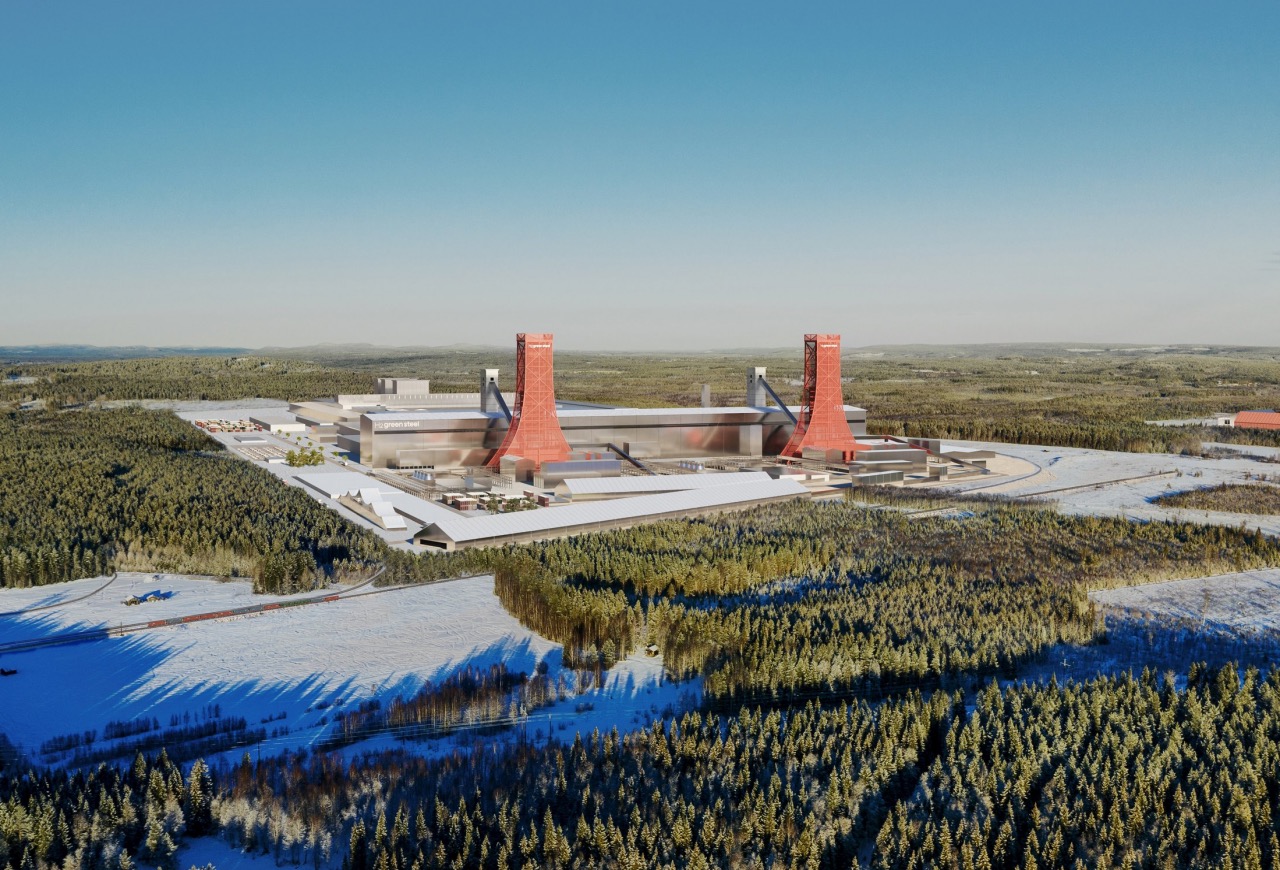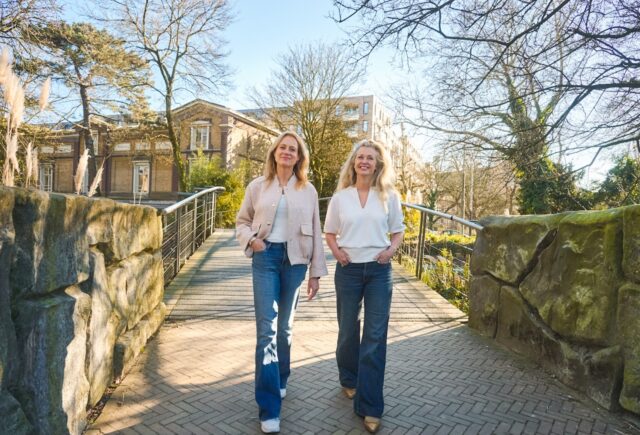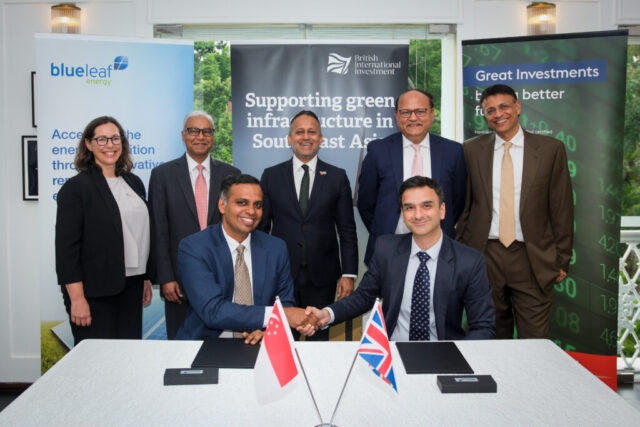The Stockholm-based firm supports technologies to decarbonise the energy-intensive steel industry and has secured backing from investors including pension funds and foundations

H2 Green Steel (H2GS), which supports technologies to decarbonise energy intensive industries, said it had raised €190m from investors at the first close of its series B equity financing.
The early focus for the company, which was founded in 2020, has been on demonstrating the potential for decarbonising the steel industry through the development of a green hydrogen-powered steel plant in Boden, northern Sweden, which it hopes will be operational around 2025.
H2GS closed its Series A equity financing, which raised $105m in May 2021. The latest Series B equity round was co-led by Altor Fund V, Swedish pension fund AMF, Singapore-based investment group GIC and German-based automotive parts maker Schaeffler. Other participants include new investor Swedbank Robur Alternative Equity, while existing investors Vargas, Kingspan, FAM, Marcegaglia, IMAS Foundation, Cristina Stenbeck and Daniel Ek have also provided further equity funding.
Henrik Henriksson, H2 Green Steel’s chief executive said the financing was a statement of confidence in the company.
“Despite the uncertainty in global markets, a venture like ours, with both a strong business case and a strong sustainable purpose, is clearly attractive to investors. This financing round has allowed us to combine leading industrial companies and global financial institutions, with investors with a strong Swedish participation, creating the investor-base that will set us up for success,” he said on announcing the first close.
The company now has a permit to build the Boden plant and is starting construction. It has also secured an agreement for 14 terawatt-hours of renewable electricity to produce green hydrogen and provide power for the plant.
Long-term supply
Around 60% of initial volumes from the plant have already been pre-sold to customers from sectors that include steel processing and stockholding, pipe and tube, passenger vehicles and heavy commercial vehicles, white goods and construction products, according to H2GS.
“Through its participation, Schaeffler secures its long-term supply of green strip steel and significantly strengthens its network in this crucial material area,” Andreas Schick, chief operating officer of Schaeffler, said.
Another company that has agreed to take steel from H2GS is US-Irish firm Adient, which makes around 20m seats a year for major vehicle manufacturers. The two companies said in early September that H2 Green Steel would supply steel with a low carbon footprint from 2026 onwards for use in Adient’s metal products.
“It is our goal to reduce emissions at our production sites that are caused directly by our own sources or indirectly by our energy suppliers by 75% by 2030. In parallel, we aim to reduce emissions along our supply chains by 35% over the same period,” Michel Berthelin, executive vice president of Adient EMEA, said.
In August, BMW Group and H2GS signed a contract on delivery of steel from the plant which includes recycling and end-of-life management measures. The two companies have also agreed on technical cooperation to address BMW Group’s science-based emissions targets and help meet its CO2 reduction schedule.
Hydrogen
Steel production is one of the world’s most energy-intensive industries, producing around 25% of Europe’s industrial carbon emissions. Steel is usually manufactured by heating iron or scrap steel to a high temperature in a blast furnace using coal as a heat source. But in a plant, such as the one being developed by H2 Green Steel, hydrogen replaces coal in the process to reduce iron ore to direct-reduced-iron. H2GS estimates that using hydrogen cuts CO2 emissions from the reduction process by around 95% percent.
The hydrogen used will be produced on site via electrolysis using renewable energy to ensure it is so-called green hydrogen. Most hydrogen production involves the use of fossil fuels, leading to significant carbon emissions. By using green hydrogen, the whole steel making process remains low carbon.
Among the barriers to wider adoption of green steel production have been the need for plentiful renewable energy and the high cost of producing green hydrogen, which Impact Investor recently discussed with Ricardo Piñeiro of Foresight Group.
One of the main objectives for H2GS at the Boden steel plant is to bring those costs down, in part through better management of electricity usage, which typically accounts for some 70% of the cost of green hydrogen. To this end, one of the key technologies deployed by H2GS is software to maximise the efficiency of hydrogen production using intermittent renewable energy sources, which requires a high degree of automation and digitalisation.
Meanwhile, steel users such as car and pipe manufacturers are increasingly keen to buy green products in order to reduce their “scope 3” emissions – those from across their value chain – which are increasingly coming under scrutiny from investors and regulators.





